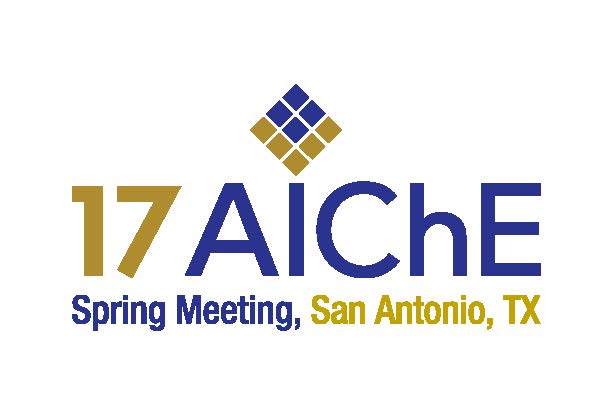

This review will emphasize the importance of correct Process Hazard and Layer of Protection Analyses to determining the appropriate specification of Safety Integrity Levels for the Safety Instrumented Functions in a plant. If the SIF’s are not properly identified and designed then the necessary amount of risk reduction may not be achieved.
The importance of a complete Safety Requirements Specification that identifies all of the requirements of Safety Instrumented Systems and their SIF’s will be discussed. This will include both functional and integrity issues such as target SIL with Risk Reduction Factor (RRF), proof-test intervals, safe state requirements, de-energize or energize to trip requirements etc.
Long term operation and maintenance issues will be described in terms of the difference between useful life and mission time and why run until failure is not a good strategy for SIF’s. The degradation of system integrity beyond the useful life will be explained.
The need for SIL verification to meet the design barriers of probability of failure on demand or probability of failure per hour, hardware fault tolerance and systematic capability will be reviewed along with a description of why it is important to use SIL-rated devices in Safety Instrumented Function designs.
Presenter(s)
Language
Pricing
Individuals
| AIChE Member Credits | 0.5 |
| AIChE Pro Members | $19.00 |
| Fuels and Petrochemicals Division Members | Free |
| AIChE Graduate Student Members | Free |
| AIChE Undergraduate Student Members | Free |
| AIChE Explorer Members | $29.00 |
| Non-Members | $29.00 |
